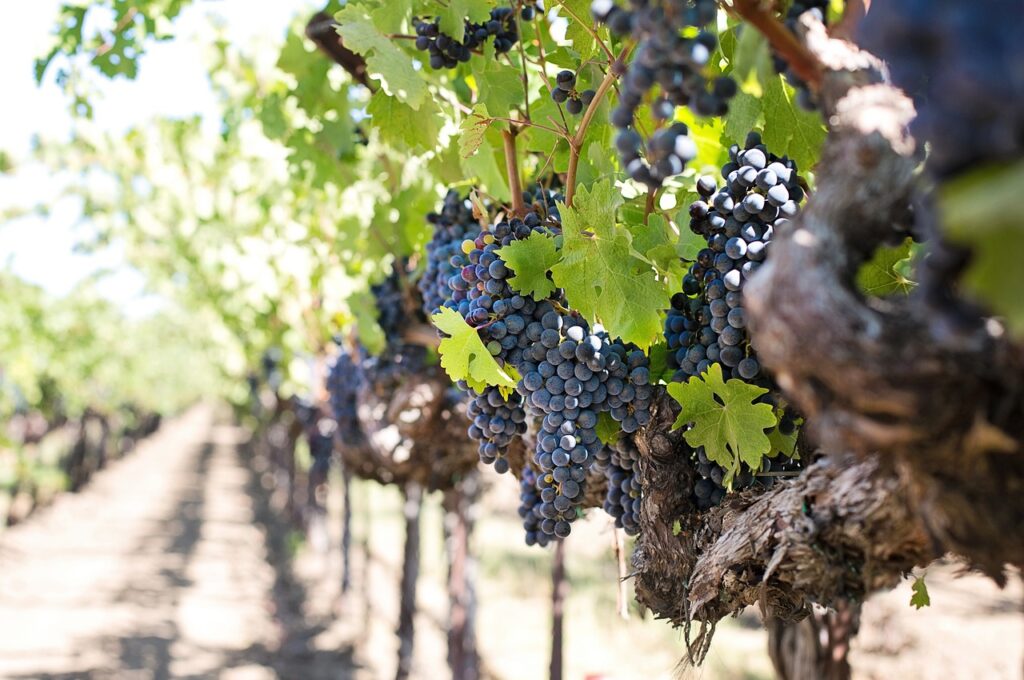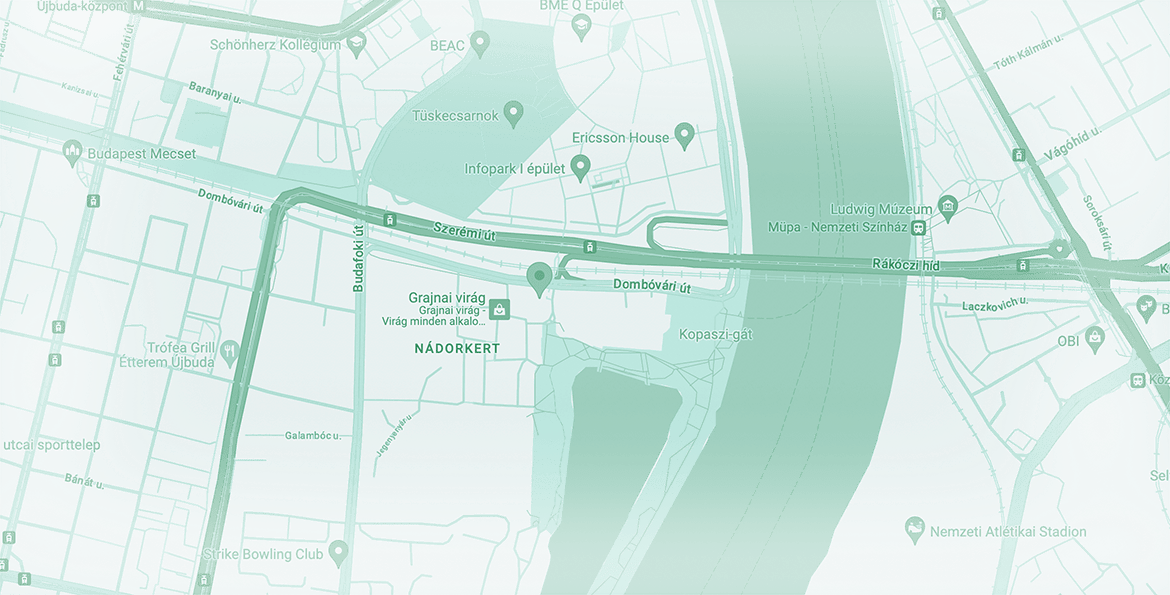
Grape harvest in Hungary
Since Hungary is traditionally well-known for its excellent wines, it might not come as a surprise that the grape harvest is the biggest event of the fall in agriculture. Depending on when the grape ripens in each region, you can expect festivals connected to the grape harvest all over the country from the end of September to the end of October.
Since Hungary is traditionally well-known for its excellent wines, it might not come as a surprise that the grape harvest is the biggest event of the fall in agriculture. Depending on when the grape ripens in each region, you can expect festivals connected to the grape harvest all over the country from the end of September to the end of October.
Making wine in Hungary
Hungary has been well known for its excellent wine since ancient times. Even though the country is not big, there are 22 separate wine regions in 6 major territories. Tokaj in the North Hungarian Mountains was declared the first official wine region in Europe in 1737, and wine made there was called “the king of wine and the wine of kings” by Louis XV of France.
Wine grapes are cultivated not only in professional vineyards but also as a hobby. While professionals nowadays often use machines to harvest the grapes, technology has been available only since the late 1960s and ’70s, so picking and processing grapes required the coordinated efforts of a great number of people until recently.
Grape harvest as a community activity
Once the grapes ripen, it is best to harvest them as soon as possible so their quality will be more or less the same, which is a prerequisite of making good wine. In line with this, the grape harvest is traditionally a community activity, when everyone in the village can come together to pick the grapes from one hill. When grapes ripen on the land of someone else, the procedure is repeated.
Nowadays big vineyards work either with machines or with seasonal workers. At the same time, small or family vineyards keep the tradition, and have grape harvest as a family event, where neighbors are also welcome.
Grape harvest festivals around Hungary
Although the work is hard, the grape harvest is already a lively and merry event itself, as the community is working together in a well-defined area for a common goal. When the work is done, the workers leave the hill in a procession, and the owner of the vineyard prepares a feast, often complete with dance and music, for the “guests” who worked from early morning until late into the evening, sometimes days on end, to harvest all the ripe grapes.
Modern grape harvest festivals retain these elements: the procession, the food, and the music. Of course, you can join even if you did not participate in the harvest itself. Many regions have festivals of their own around harvest time, when tourists can try the local wines and other local foods, get familiar with local traditions, and buy local products. This is an excellent opportunity to go on a trip within Hungary and learn more about its people and history. Just do a quick search for “szüreti mulatság” (where “szüret” is the specific Hungarian word for the grape harvest, and “mulatság” stands for festival), and find an event in a region you are interested in.
Weather and tradition
The best time for grape harvest depends on a lot of factors, like location, weather over the summer and the fall, temperature and rain, as well as the type of the grape and the wine to be made. In most areas, harvest time is traditionally tied to certain Christian holidays: it is not supposed to start before the day of St. Michael (29 September) in the South or the day of Simon and Jude (28 October) in the North. These days, however, grape harvest time often comes somewhat sooner. Public grape harvest festivals are often held early in the fall too, as a closing event of the summer tourist season.
Have you ever been to a grape harvest festival in Hungary?
Everyone loves a good party, and getting done with the grape harvest is as good a reason as any. If you have Hungarian ancestors and want to get closer to your roots, attending a festival is an excellent opportunity to learn about Hungarian culture and cuisine while having fun, either alone or with the entire family.
If you have Hungarian ancestors, you are probably also eligible for Hungarian citizenship. The Hungarian passport grants you visa-free entry to ca. 170 countries around the globe, while it also lets you live and work anywhere in the Schengen zone.
Got you interested? Then fill in our free online survey to see if you are eligible.
Contact
Get in touch today
Monday - Friday
9am - 5pm CET
Helpers Hungary Kft
Budapart Gate
Dombóvári út 27
Budapest 1117, Hungary
If you’re visiting us, please use entrance A and come to the 2nd floor.





